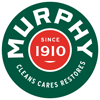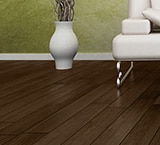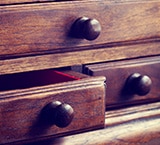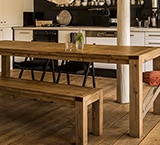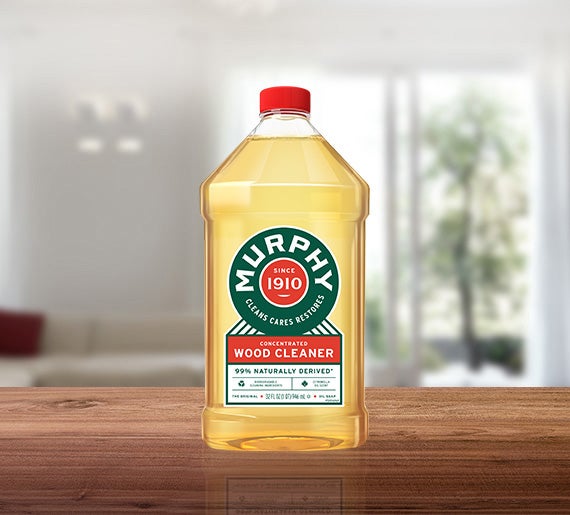If you like to keep your home as natural as possible, homemade furniture polish and cleaners may be your first choice. However, when it comes to your Wood Floors, you don't want to take chances on accidentally ruining the finish. With the right natural ingredients, creating your own homemade solutions can be easy. The following are some ingredients that are safe to use on your furniture and floors and some you should avoid:
NATURAL WOOD FURNITURE POLISH INGREDIENTS
Simple, natural ingredients can be used to make homemade furniture polish. Lemon juice mixed with olive oil is one option that is not only effective for wood furniture and flooring, but also has a wonderful scent. Likewise, beeswax can be combined with an oil such as olive oil or coconut oil for a natural wood polish and sealant. Mix baking soda and water for a natural cleaning paste that gets rid of scuffs with a damp sponge. A bonus is that these ingredients don't pose a threat to your wood floors or the indoor air quality of your home.
IS VINEGAR SAFE FOR WOOD FLOORS?
In previous generations, a solution made of vinegar and water was often used to clean wood floors. The only difference is that these floors typically had a urethane finish, which isn't as common today. Finished wood floors now usually call for a cleaner that is specifically formulated for wood floor finishes. Vinegar is too acidic and can damage and dull the finish of wood floors. However, if you must use vinegar, opt for a white vinegar, not another type of vinegar such as apple cider vinegar or red white vinegar, which can make the surface sticky. Used with a dry cloth, vinegar can be rubbed into finished wood furniture for cleaning, but be sure to test a small spot first.
CLEANING PRODUCTS FOR WOOD FURNITURE
Using the right cleaning products on your wood furniture and floors is necessary to keep them in prime condition, since the wrong cleaning product or method could damage the finish. According to the American Cleaning Institute, without the proper sealant, your redwood furniture could turn a mottled gray color. Pay close attention and follow the directions on the cleaning product so you know the specifics on how to use it, such as whether rinsing is necessary. A gentle, water-based solution such as Murphy® Oil Soap Original works well when cleaning and protecting the finish on your wood floors, furniture and cabinets. The soap doesn't need to be rinsed and doesn't leave any residue.
WOOD FURNITURE AND FLOORING CLEANING TIPS
The type of cleaning solution you use on your wood furniture and floors depends on whether they are finished. Unfinished or waxed surfaces should never be cleaned with a water-based solution because they can be sensitive to water. To find out whether the surface is finished, test a small area with a drop of water. If it beads up, then your floor is finished and you can use a water-based cleaner or homemade solution on it. Also, take care of any dust or spills immediately. Frequently dusting, vacuuming and wiping up spills as soon as they happen will help you prevent cracks and damage to the finish.
If you're careful about which types of cleaners you use in your home, using natural ingredients gives you the best of both worlds through gentle and effective cleaners that are healthy for you and your family. Find the ingredients and recipes for solutions to clean your wood floors and furniture in the safest and simplest manner for you.
This article was brought to you by Colgate-Palmolive Company, the makers of Murphy® Oil Soap. The views and opinions expressed by the author do not reflect the position of the Colgate-Palmolive Company.
